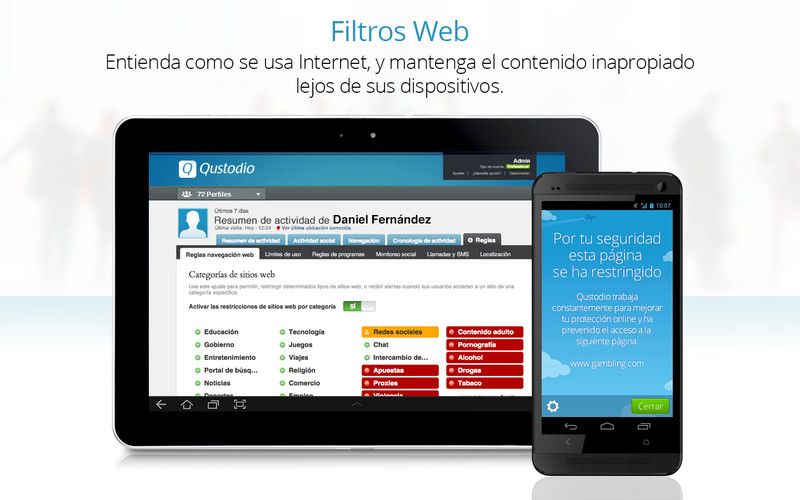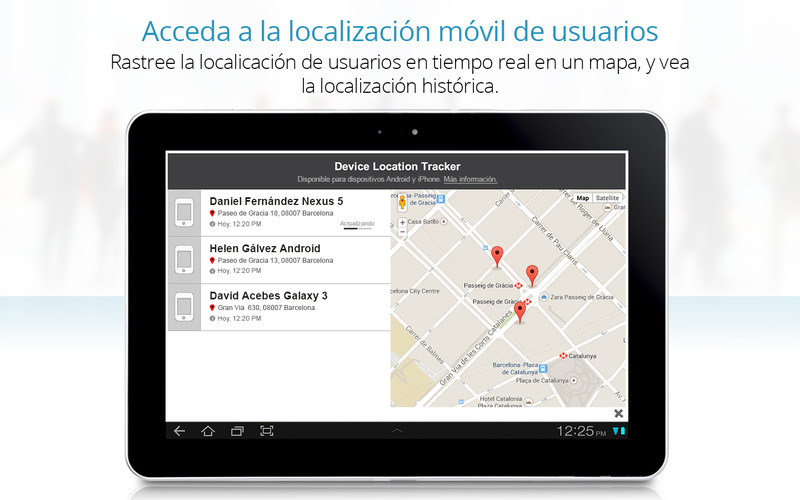
On the other hand, OEM Unlocking is required to carry out the bootloader unlocking process. This will then allow you to boot your device to Fastboot Mode. The former will make your device recognizable by the PC in ADB mode. Next up, you will have to enable USB Debugging and OEM Unlocking on your device.

STEP 3: Download Custom ROM # STEP 4: Enable USB Debugging and OEM Unlocking # Doing so will give you the platform-tools folder, which will be used throughout this guide to install Custom ROM via ADB Sideload.

So download it and then extract it to any convenient location on your PC. This is the official ADB and Fastboot binary provided by Google and is the only recommended one. This is because you never know when things might go south in custom development! STEP 2: Install Android SDK #įirst and foremost, you will have to install the Android SDK Platform Tools on your PC. On the other hand, doing a dirty flash (updating your ROM) doesn’t always call for a reset, but it is still highly recommended to take a backup. This will wipe all the data from your device, so please take a complete device backup beforehand.

If you are doing a clean flash (switching between two custom ROMs or coming from stock to custom), then a factory reset is compulsory. Droidwin and its members wouldn’t be held responsible in case of a thermonuclear war, your alarm doesn’t wake you up, or if anything happens to your device and data by performing the below steps. If it does, then you may proceed ahead with the below instructions steps. So I would recommend you go through the developer’s installation instructions once (you know where, hint: it has the letters X, D, A!) and double-check that their ROM supports this mode of flashing. So even if you find your ROM package in ZIP format, it doesn’t necessarily mean that it supports sideload. How to Install Custom ROM on Android via ADB Sideload #īefore starting off, do keep in mind that not every ROM could be flashed via ADB Sideload.

On that note, this guide will show you the detailed steps to install and flash custom ROM on Android using this ADB Sideload method. So due to the involvement of fewer steps, it has quickly become the go-to choice for many tech enthusiasts. It is different from ADB Push as the latter will only send that ZIP file to your device, whereas Sideload would send then subsequently flash that file as well. For the unaware, ADB Sideload is the method through which you could directly flash the ZIP file. As far as this guide goes, our focus will be on the sideload method. You could install them via TWRP, Fastboot Commands, ADB Sideload, or some specific tools. Well, truth be told, there’s no universal rule regarding this. However, there’s always an element of doubt as to which is the correct way of flashing a ROM.


 0 kommentar(er)
0 kommentar(er)
